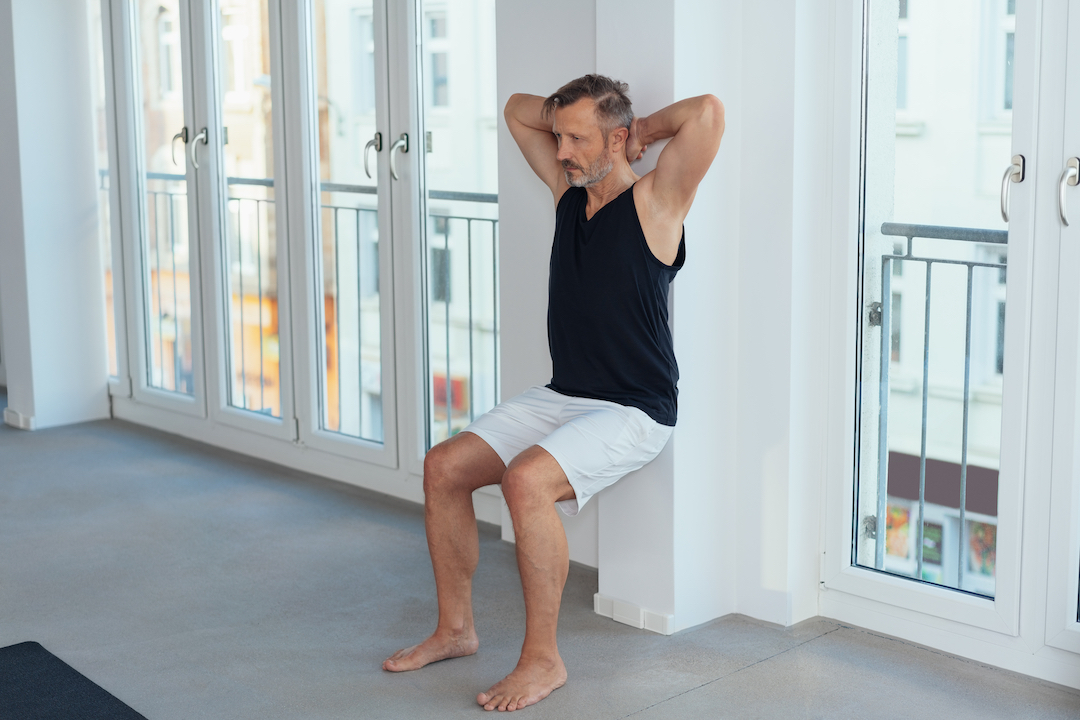News
Wall Squats: A Simple Exercise to Lower Blood Pressure

What are wall squats?
Wall squats are a simple exercise that can help lower blood pressure, especially systolic blood pressure. Systolic blood pressure is the top number on your blood pressure reading, and it's the pressure your blood puts on your artery walls when your heart beats. High systolic blood pressure is a major risk factor for heart disease and stroke.
How to do a wall squat
To do a wall squat, stand with your back against a wall. Slide down the wall until your thighs are almost parallel and gradually working having them parallel to the ground. Hold this position for 30–60 seconds. Slowly slide back up the wall to standing.
Work your way up to the point that you can hold it for 2 minutes. Then repeat it 3 times, so you have completed 4 repetitions. This is the number of repetitions that participants in the research study completed.
Tips for wall squats
- If you're new to wall squats, start with shorter holds and gradually increase the time as you get stronger.
- You can make wall squats more challenging by holding a weight in your hands or by squatting lower.
- Be sure to keep your back straight and your core engaged when doing wall squats.
Benefits of wall squats
Wall squats can help to lower blood pressure, improve heart health, and strengthen your legs. They are also a low–impact exercise, which means they are easy on your joints.
Conclusion
Wall squats are a simple and effective exercise that can help to lower blood pressure and improve your overall health. If you have high blood pressure, talk to your doctor or physical therapist before starting any new exercise program.
